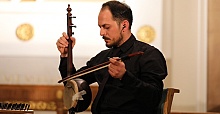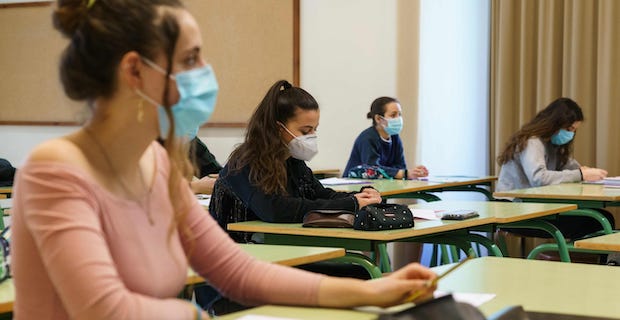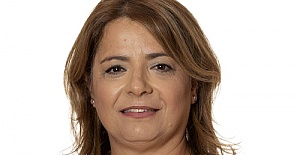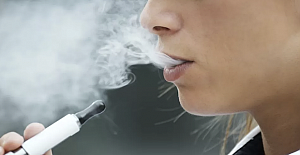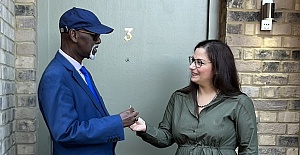Italy’s government has ensured that it doesn’t plan a new lockdown to curb a surge in COVID-19 infections, but as schools prepare to reopen in mid-September, Rome risks failing in its key task of preventing a new pandemic wave.
While 8.5 million students brace to return to school after six months of shutdown, central and regional authorities keep fighting over a plan able to prevent a new outbreak, which could put Italy’s social and economic stability at stake.
Addressing worries over new quarantine measures, Health Minister Roberto Speranza said that -- despite the constant rise of new COVID-19 cases over the past month -- a nationwide lockdown is not in the cards.
But the specter of a second wave of contagion reemerged last week when Italy topped 1,000 new daily cases for two days in a row, for the first time since mid-May.
At the peak of the outbreak last spring, Italy’s stringent quarantine measures -- which forced citizens to stay home and blocked all the main business activities for two months – were credited for containing one of the worst outbreaks in Europe.
The pandemic in Italy has claimed more than 35,400 lives so far, pushing the country’s health system close to collapse, especially in the worst-hit northern regions.
The prospect of a new lockdown is frightening Italian workers and business owners, hit hard by the closures, which brought Italy’s already fragile economy to its knees.
“We won’t have a new lockdown,” Speranza said recently, also stressing that “Italy’s national health service has become much stronger.”
Infections surge
However, new infections in the country have been on the rise since the beginning of August, with experts blaming holiday-goers returning from high-risk countries and large gatherings of people – especially youths -- enjoying the nightlife with no precautions.
Authorities began tightening restrictions in mid-August after new cases rose from a daily average of 200-300 to 600 within a week.
Several clusters also emerged across the country, often linked to nightclubs and popular holiday sites crowded by Italians at the peak of the summer season.
On Thursday, the Italian Health Ministry recorded a peak of 1,411 new infections, up from 1,367 a day before, confirming the rising trend in cases, which now total about 264,000.
Before the start of the summer season, the number of infections had been steadily dropping -- even after a partial easing of lockdown measures -- thanks to widespread compliance with social distancing measures and contact tracing.
Authorities and experts, however, stressed that the current situation is not comparable to that observed at the peak of the pandemic.
They noted that -- despite the constant increase in infections -- the daily number of deaths and people hospitalized in intensive care units remains low.
Higher infections are also linked to the larger number of swab tests performed daily, much more than in the early stages of the outbreak.
Second-wave risks
Still, the surge in daily infections is fueling worries of a second wave as Italian schools reopen on Sept. 14, amid a heated debate over the complex security measures needed.
Scientists warn that COVID-19 behaves like all other viruses, which replicate less during the summer but come back with a stronger load in the autumn-winter season.
“The problem is not with today’s numbers, but with what may happen tomorrow,” Lorenzo Pregliasco, founder of research firm YouTrend, told Anadolu Agency. “With the schools reopening and the massive use of public transportation, the situation could deteriorate easily.”
Pregliasco forecasts that if the current trend is confirmed, new infections could “reasonably reach 1,500-2,000 a day in the next few weeks.”
Some experts question whether the government’s strategy will be able to prevent a resurgence of the virus later next month -- when Italy also holds regional elections, using schools as polling stations.
“Authorities have so far adopted a passive strategy aimed just at containing the outbreaks,” Andrea Crisanti, a professor of microbiology at Padua University, told Anadolu Agency.
Lack of vision
Crisanti -- who’s credited with the successful strategy followed by the Veneto region to block the outbreak – stressed that the coronavirus has not weakened at all in the last few months.
Instead, it risks coming back with an even larger diffusion this fall if there's no effective plan to fight it.
“We should have learned from our experience, acting in advance to prevent a possible new wave. But it seems we’re lacking a clear vision and keep adopting anti-science approaches,” he added.
As uncertainty prevailed over the safety rules needed in classrooms, Italy's Education Minister Lucia Azzolina focused on providing single-seat desks and requiring all students over six years old to wear face masks when in public spaces.
Most of the desks, however, haven’t been delivered yet while school managers scramble to organize the students’ comeback amid a lack of adequate structures.
A string of meetings among government and regional representatives to adopt a coordinated approach ended up with no agreement, further enraging unions, teachers and parents.
Meanwhile, Italy’s far-right opposition – led by the League’s leader Matteo Salvini – repeatedly attacked the government for its management of the school reopening, announcing it will submit a no-confidence motion against Azzolina in parliament, a move that could shake the entire government.
With the economic crisis expected to bite harder in the fall, local elections in seven big regions represent a crucial test for Prime Minister Giuseppe Conte.
The premier managed to keep his fragile coalition afloat amid the COVID-19 emergency, but he faces a key political test on Sept. 20-21, when 18 million voters head to the polls to elect local governors.
According to the latest polls, the right-wing opposition is leading in at least four regions, in what would become a sound defeat for the ruling coalition headed by Conte, possibly paving the way to a new government crisis.



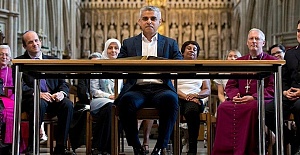 The candidates vying to be the next London mayor
The candidates vying to be the next London mayor Enfield Council commits to anti-racism and diversity pledge
Enfield Council commits to anti-racism and diversity pledge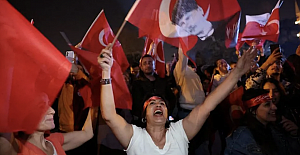 President Erdogan promised supporters his party would learn its lessons from the defeat
President Erdogan promised supporters his party would learn its lessons from the defeat Mayor of London and London Assembly elections
Mayor of London and London Assembly elections Future Painters Exhibition at Tottenham Hotspur Stadium
Future Painters Exhibition at Tottenham Hotspur Stadium Models of Teaching International Journalism for Sustainable Development
Models of Teaching International Journalism for Sustainable Development UK and US scientists have been working on eclipse observations
UK and US scientists have been working on eclipse observations Unsupportive goverment policies jeopardizing foundation of UK food security
Unsupportive goverment policies jeopardizing foundation of UK food security English Premier League leaders Arsenal will visit title contenders
English Premier League leaders Arsenal will visit title contenders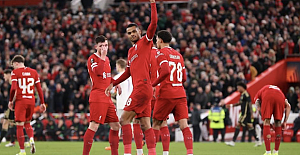 Liverpool meet Atalanta and West Ham face Bayer Leverkusen
Liverpool meet Atalanta and West Ham face Bayer Leverkusen Arsenal face Bayern Munich and Manchester City play Real Madrid
Arsenal face Bayern Munich and Manchester City play Real Madrid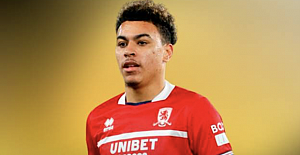 UK Transfer deadline day, the transfer window closes tonight
UK Transfer deadline day, the transfer window closes tonight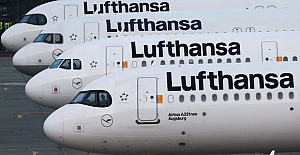 Europe's travel strikes: Flight and train disruption you can expect in April
Europe's travel strikes: Flight and train disruption you can expect in April Enfield Council website achieves digital inclusion recognition
Enfield Council website achieves digital inclusion recognition Enfield Council’s Planning Enforcement team goes from strength to strength
Enfield Council’s Planning Enforcement team goes from strength to strength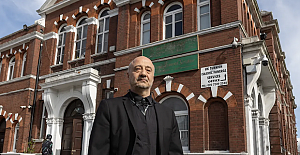 UK's first Turkish Shacklewell Lane Mosque faces threat to its future
UK's first Turkish Shacklewell Lane Mosque faces threat to its future



